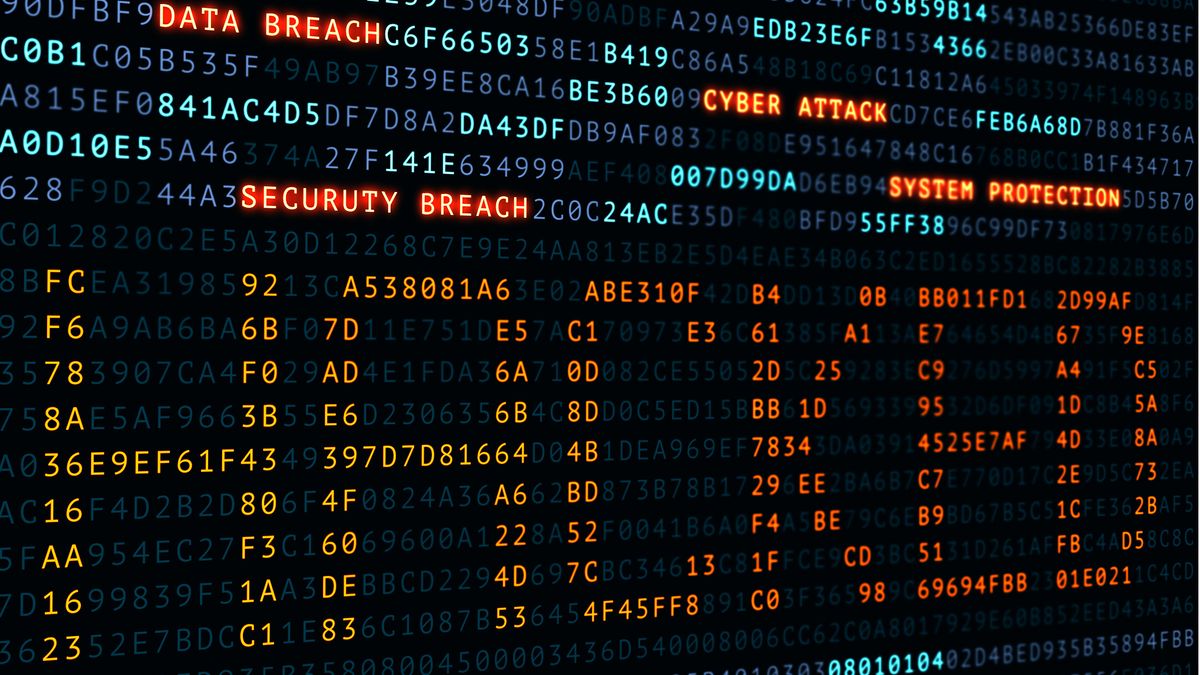CRT monitors generate images by directing electron beams at a phosphorescent screen, which creates a pattern of light that forms the visible display. This process involves high-frequency signals radiating from the monitor, which hackers discovered they could capture using specialized equipment. The shift to LED displays using HDMI cables made this much more difficult, as digital signals are more complex and involve higher frequencies.
A study by a team of researchers from the University of the Republic of Montevideo (Uruguay) has shown that, with the help of AI, it is possible to overcome these obstacles and spy on the signals again.
Santiago Fernández, Emilio Martínez, Gabriel Varela and Pablo Musé Federico Larroca published their findings on the preprint server arXiv, explaining how digital signals emitted by a computer's HDMI cable can be captured and decoded to render text on a computer screen.
STORM
The investigation focused on unintentional electromagnetic emissions, a phenomenon known as TEMPEST, which has historically been associated with analog video signals. Previous listening methods designed for analog signals were not effective for digital displays, resulting in unclear images.
To address this issue, the researchers employed a deep learning approach to map the captured electromagnetic signals to the original image. They posed the problem as an inverse problem and trained a neural network to interpret the degraded signals. This method significantly improved the average character error rate when reading text from the captured signals.
In their paper, the researchers highlight the importance of tuning the system to specific frequencies and creating training samples without the need for an actual TEMPEST setup. While it's highly unlikely that anyone would use this method to spy on you (governments and corporations are most at risk), you can protect yourself in a number of ways, such as using shielded cables, implementing physical barriers, placing the monitor away from windows, and using signal filtering techniques.









